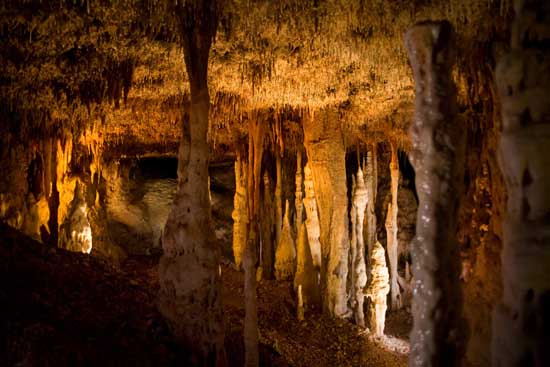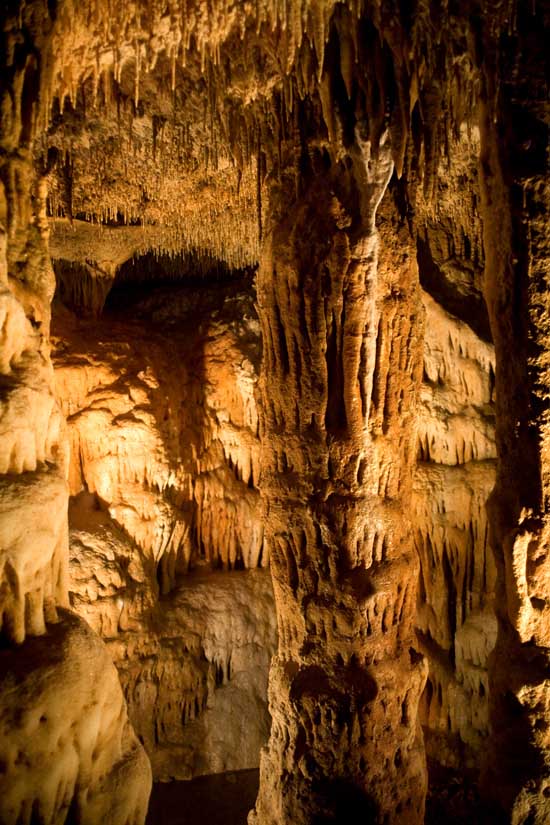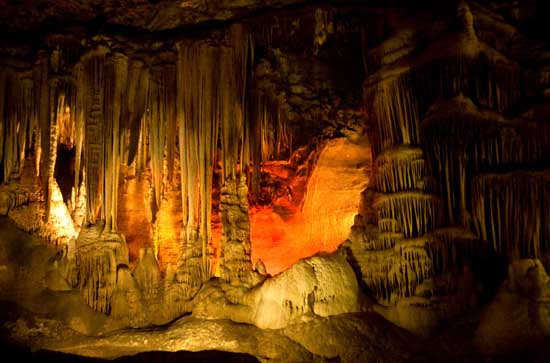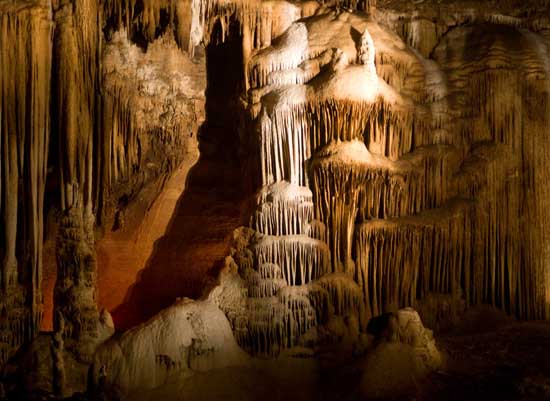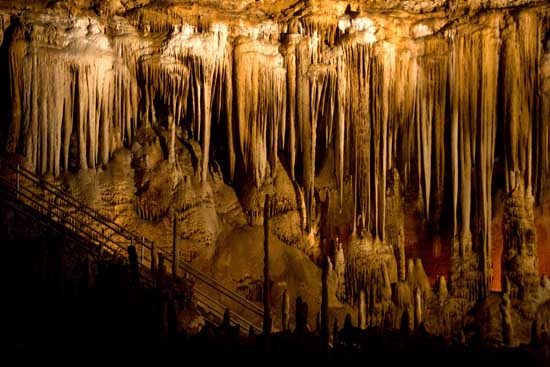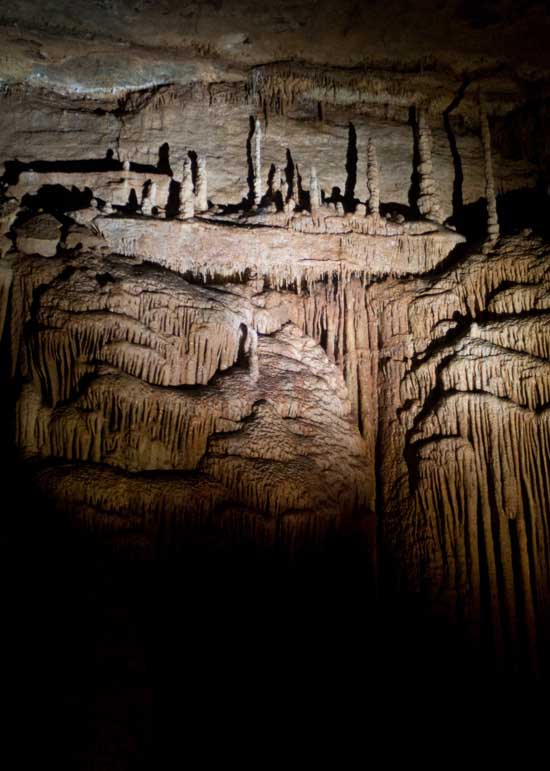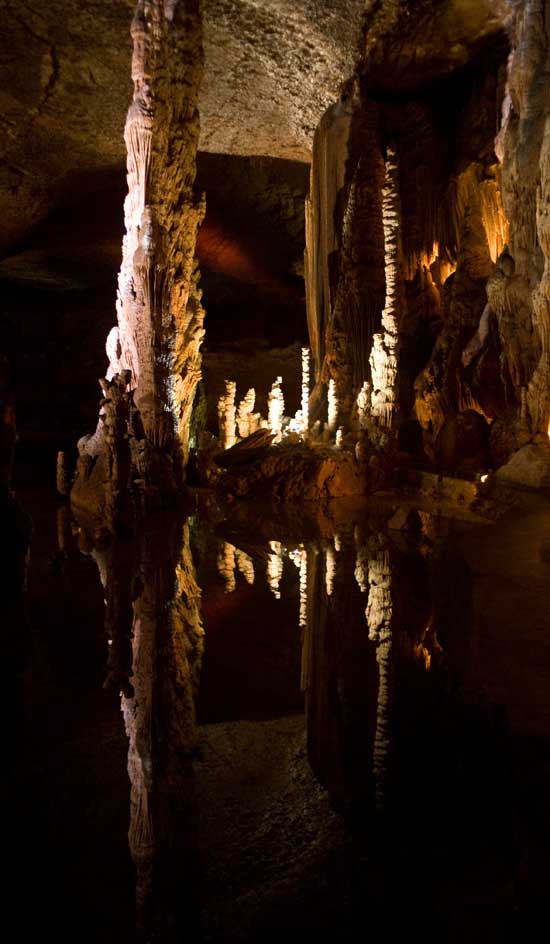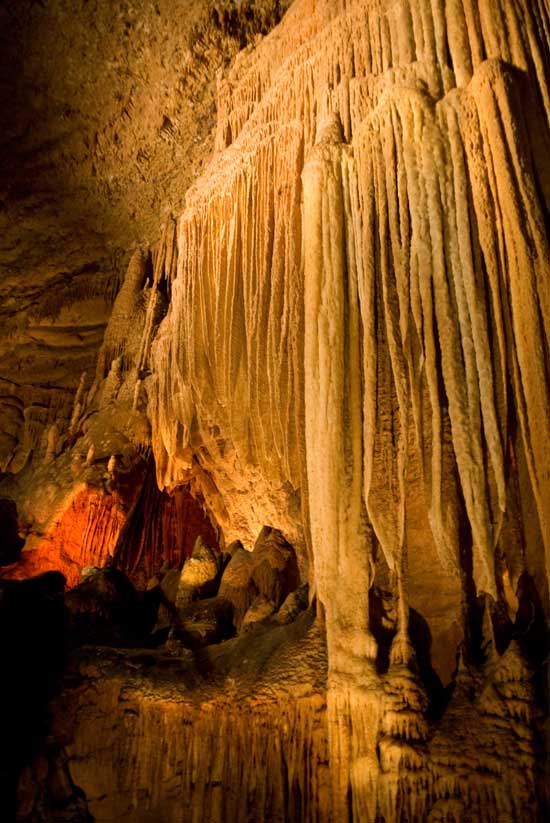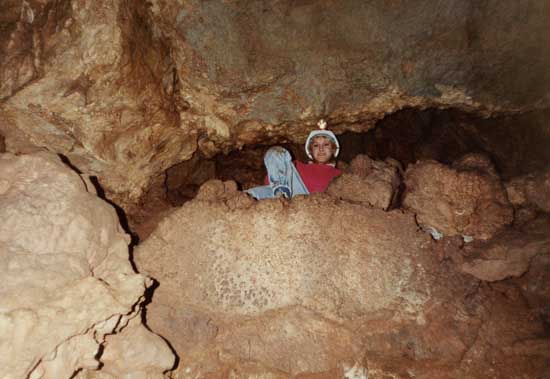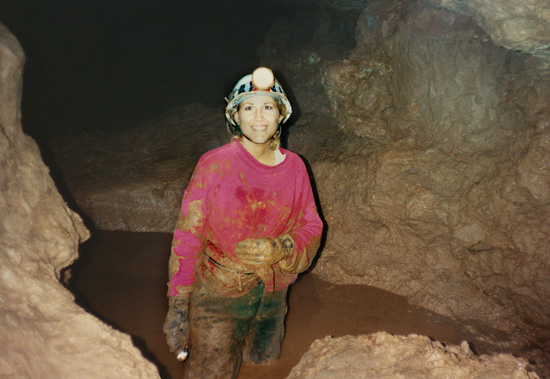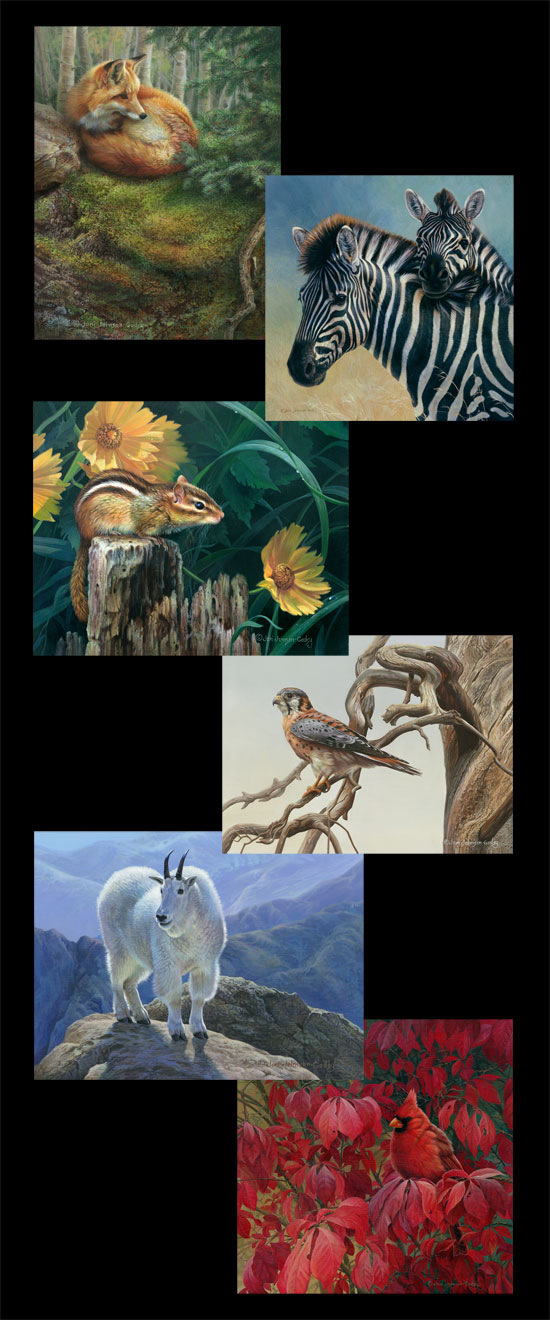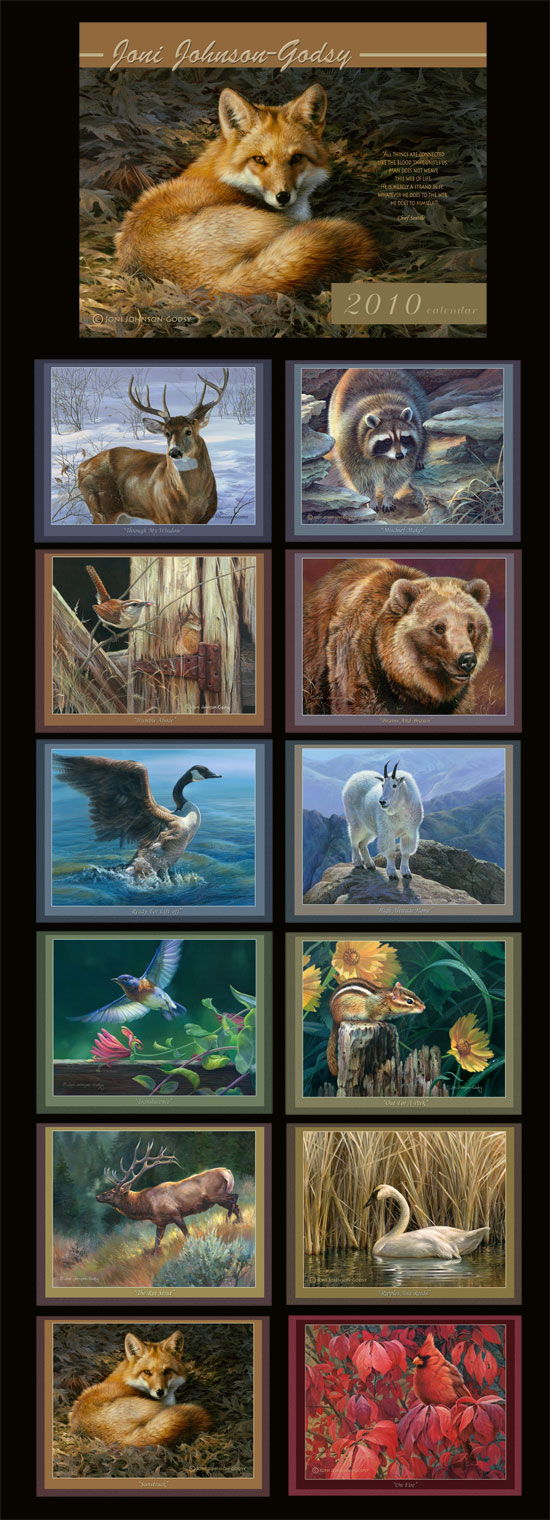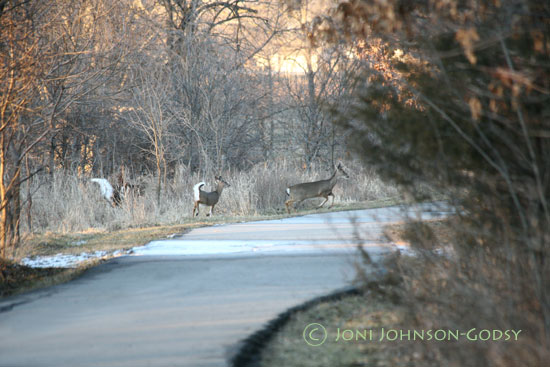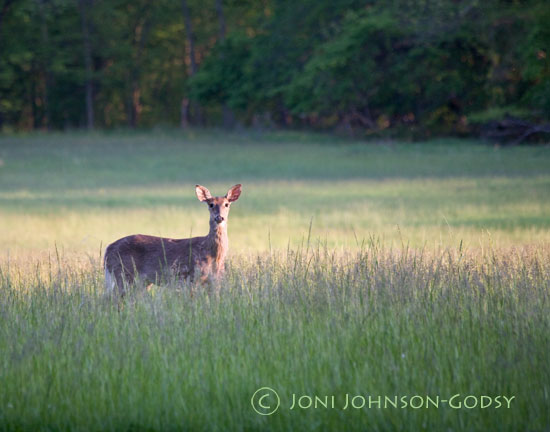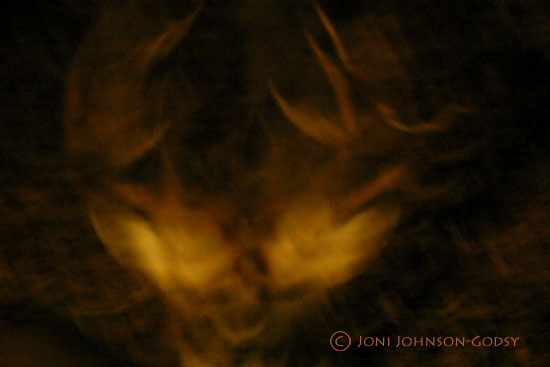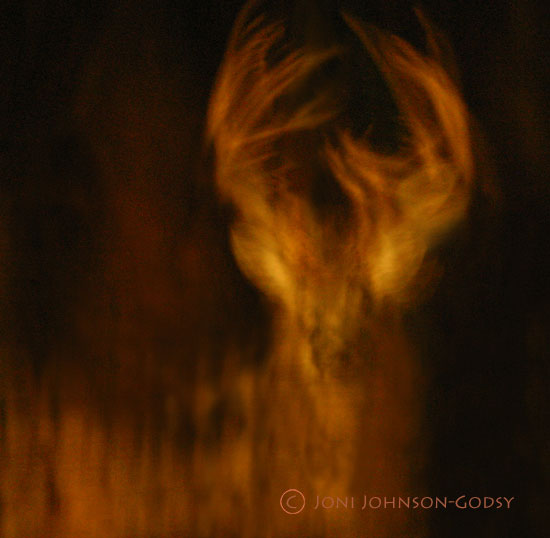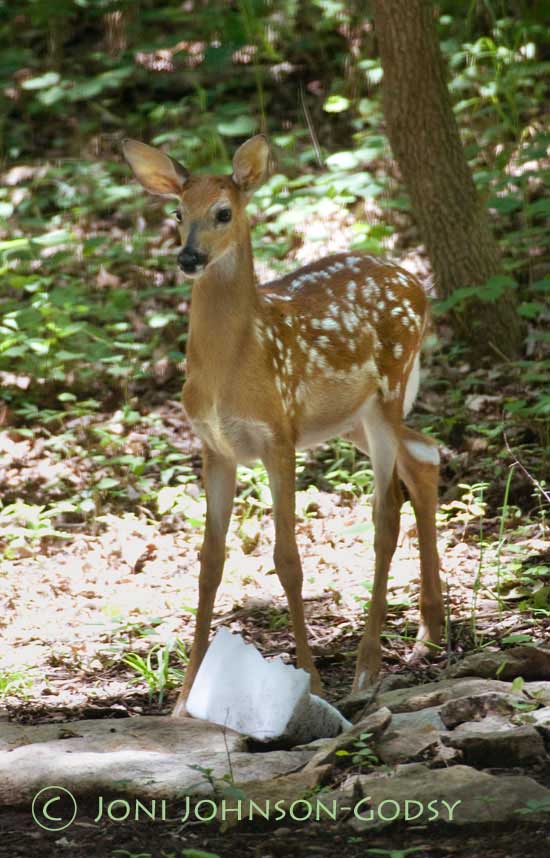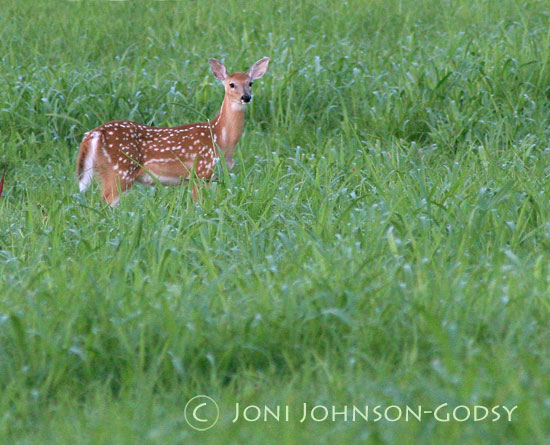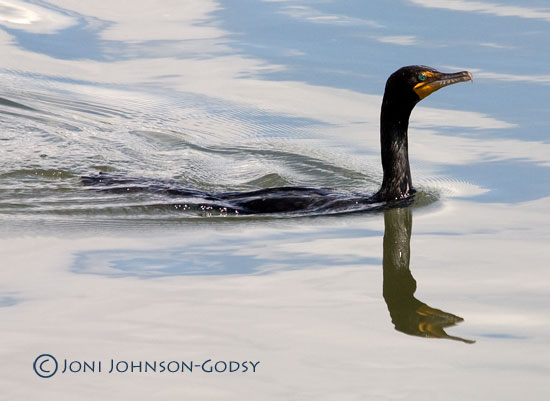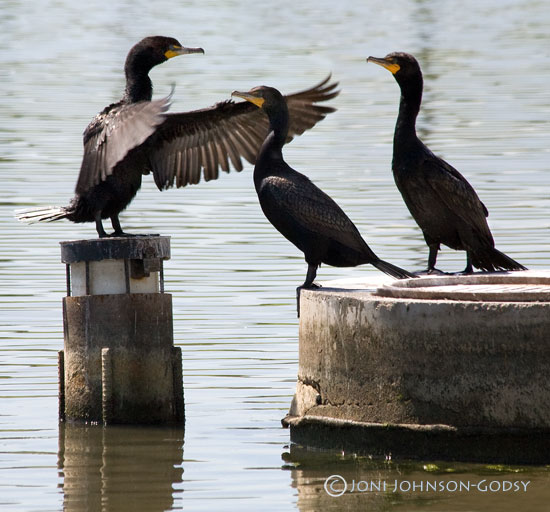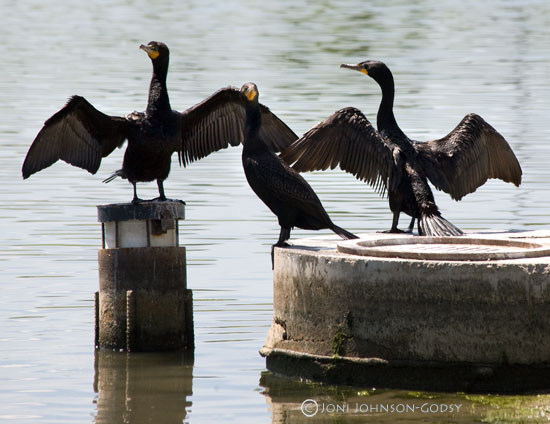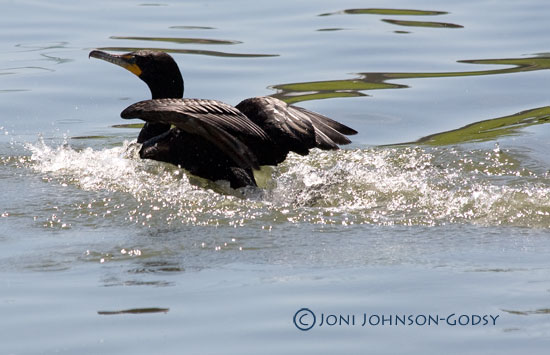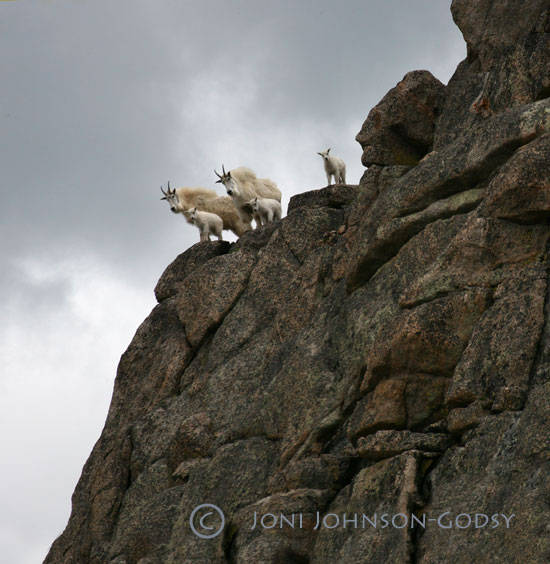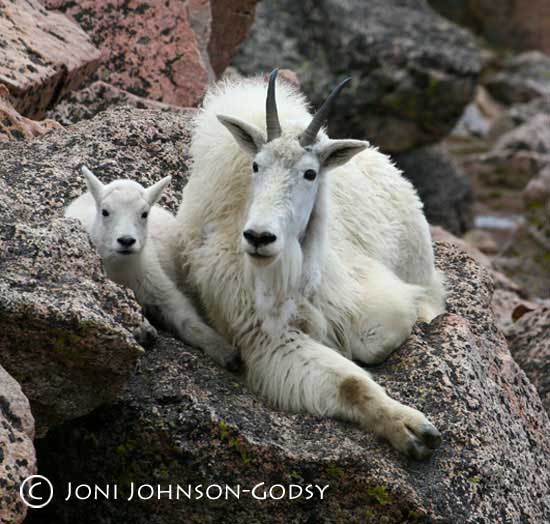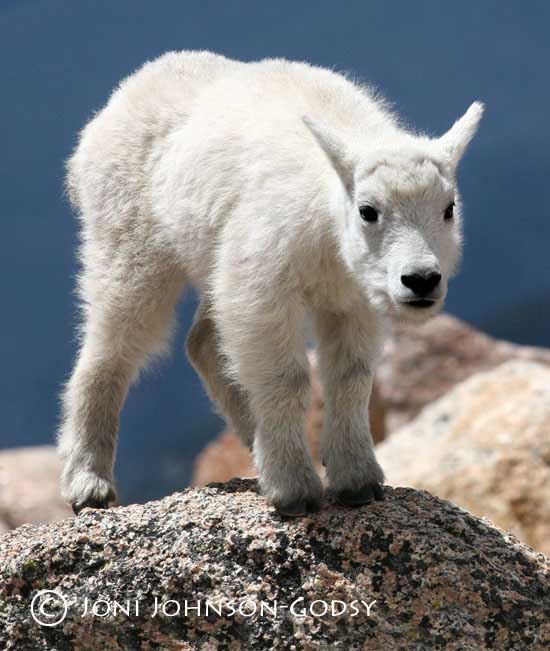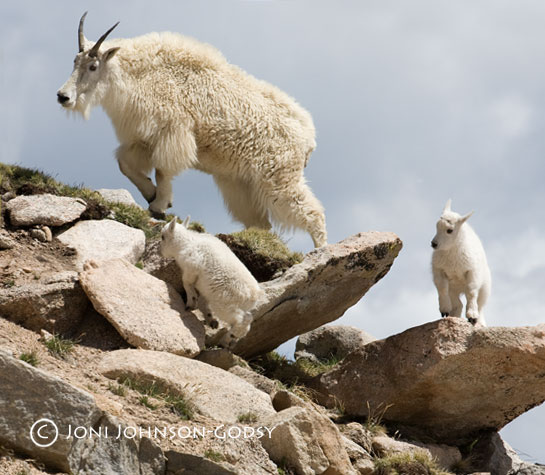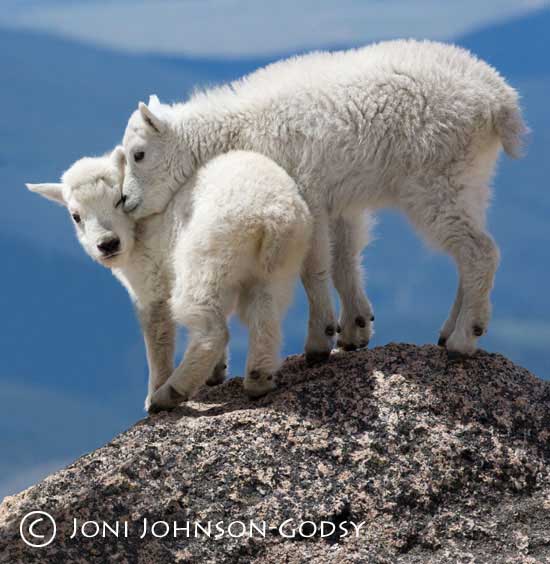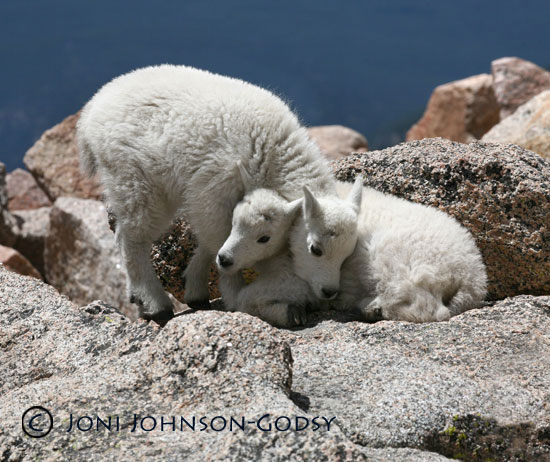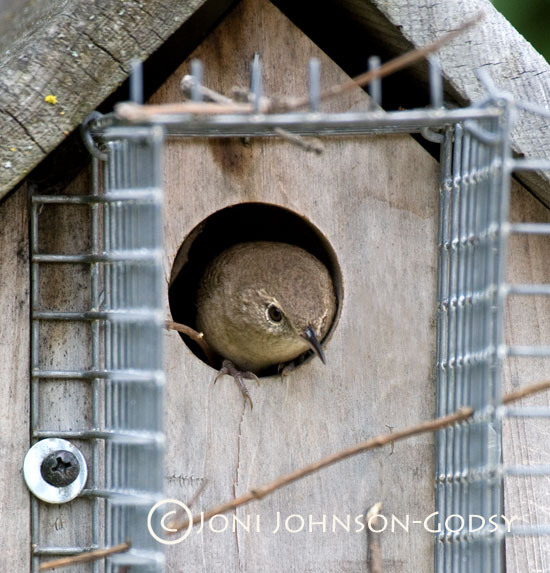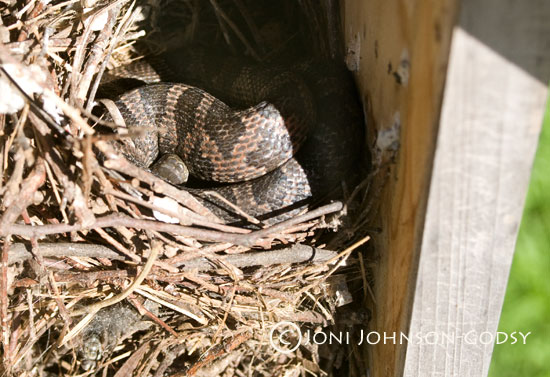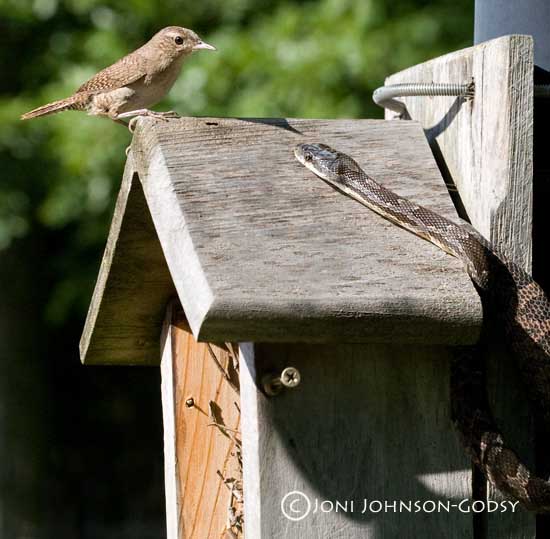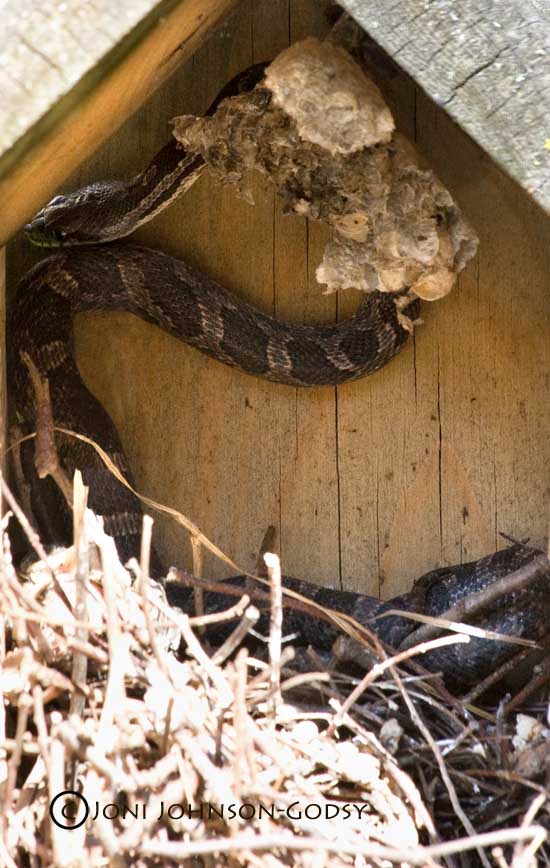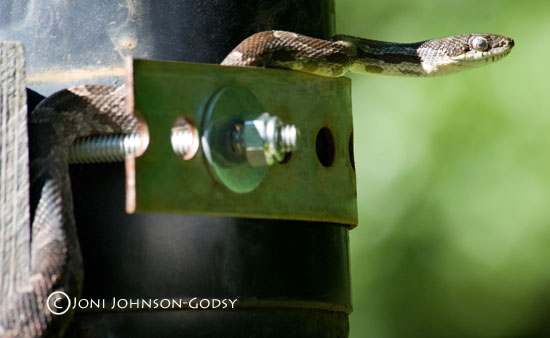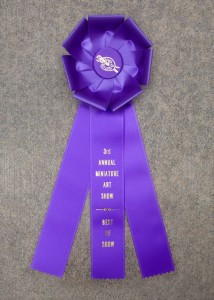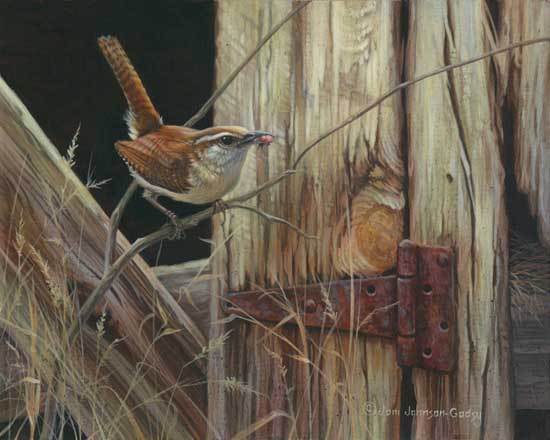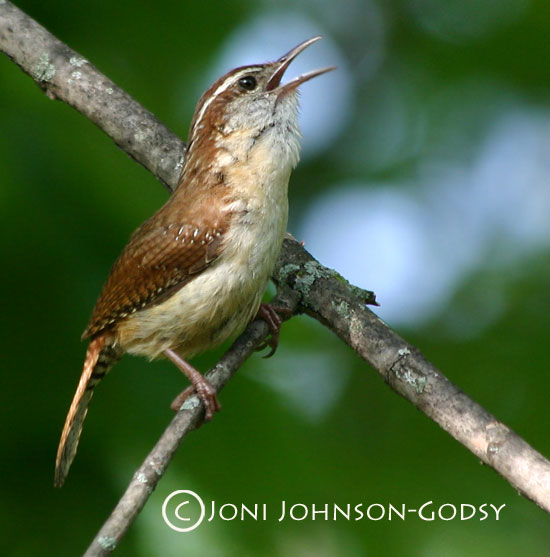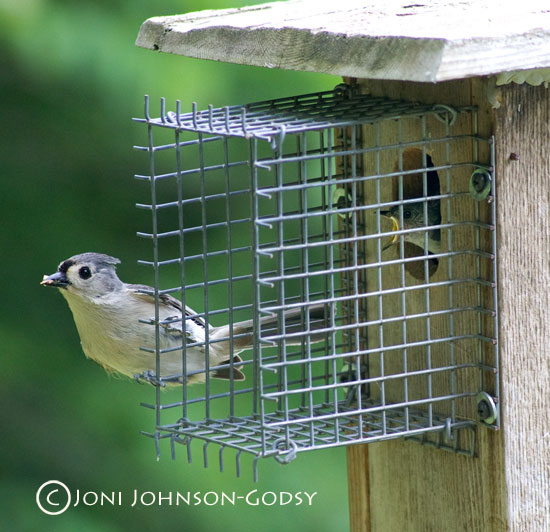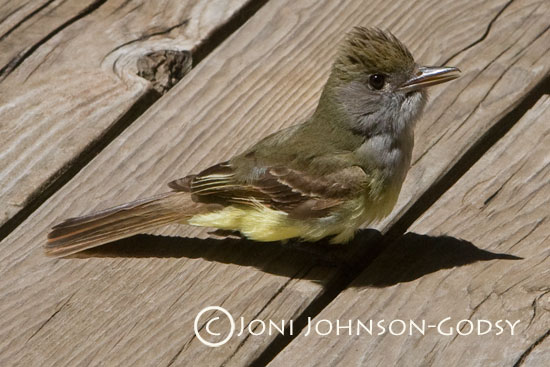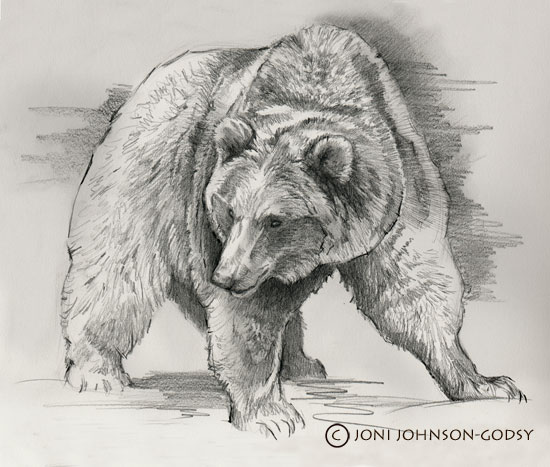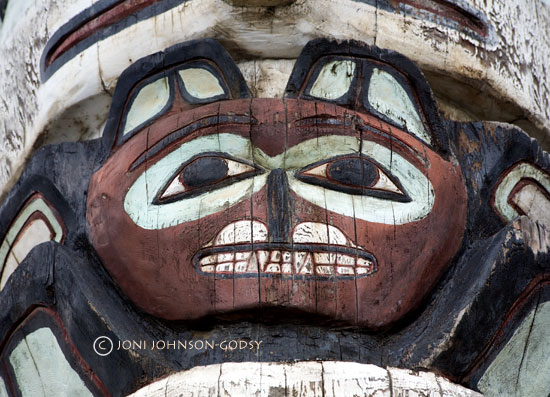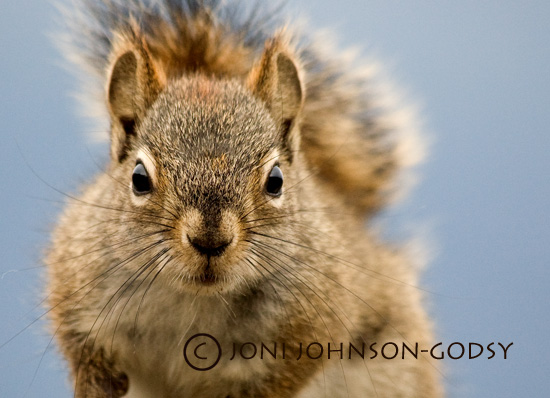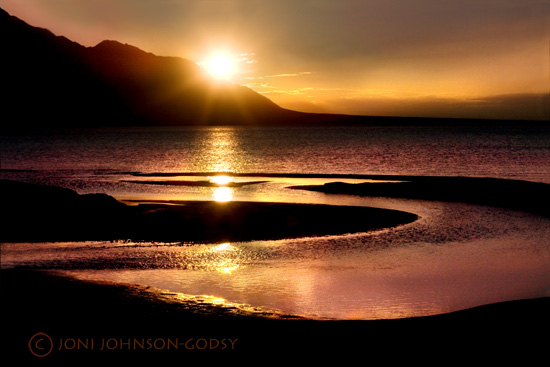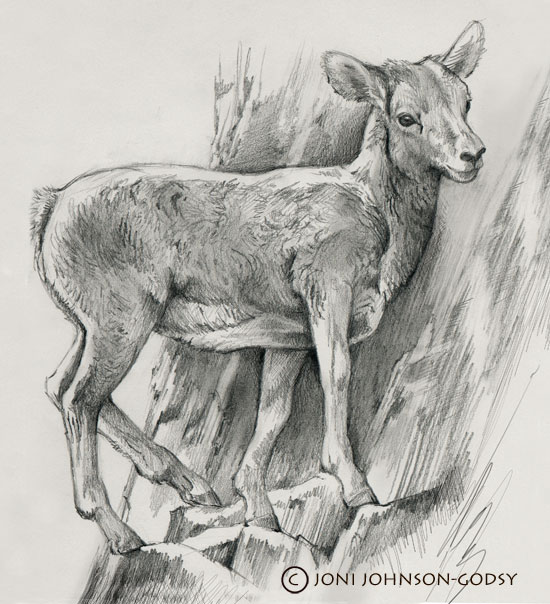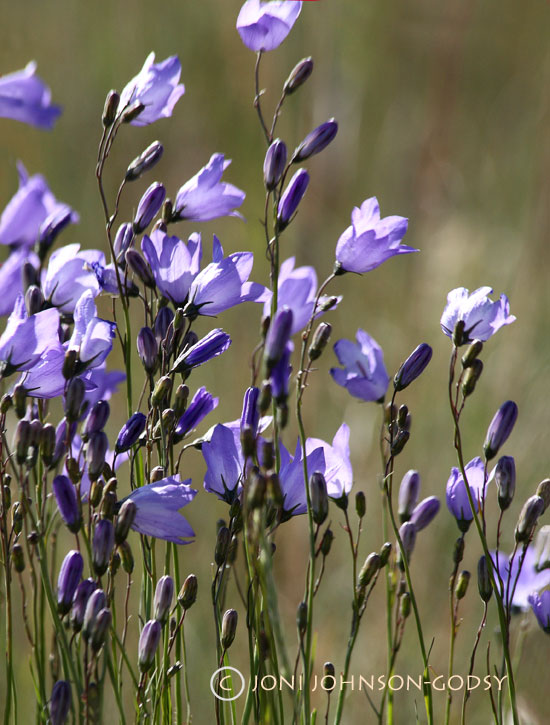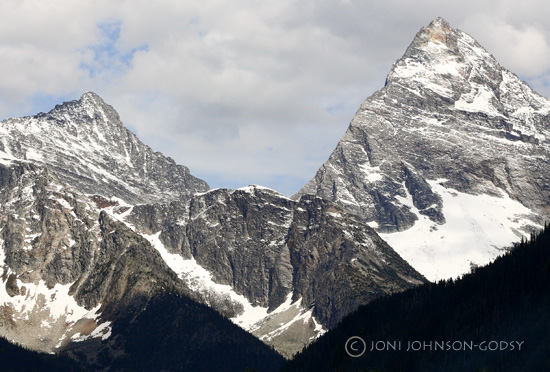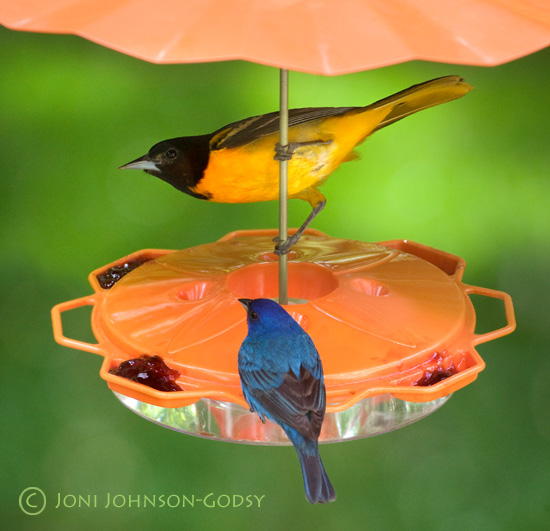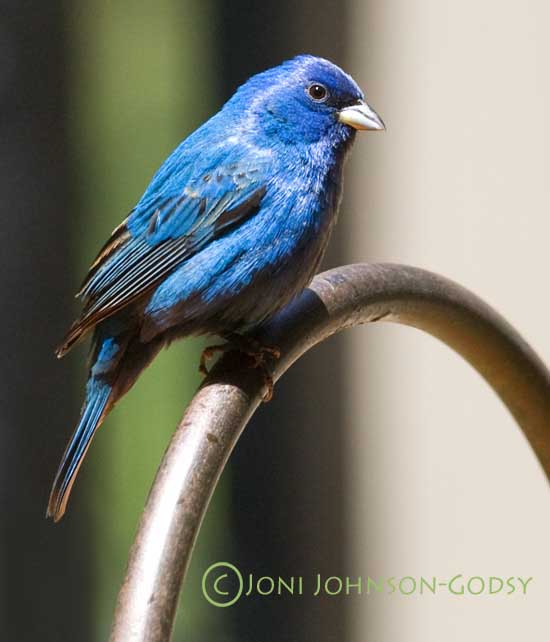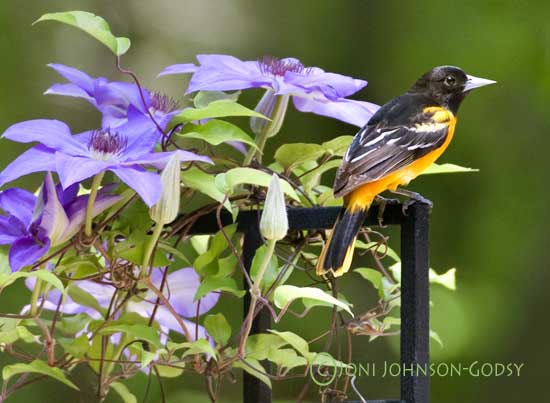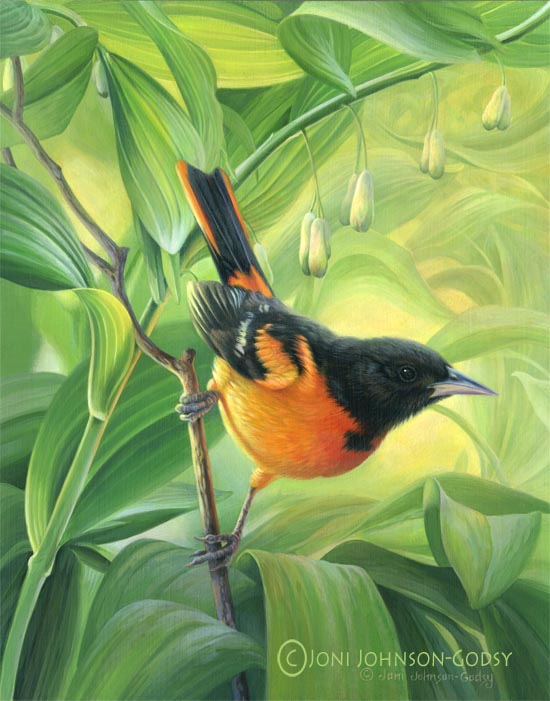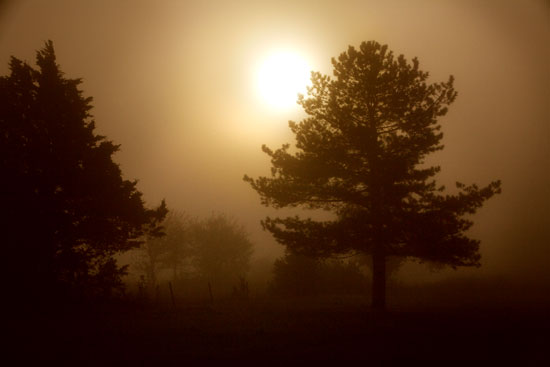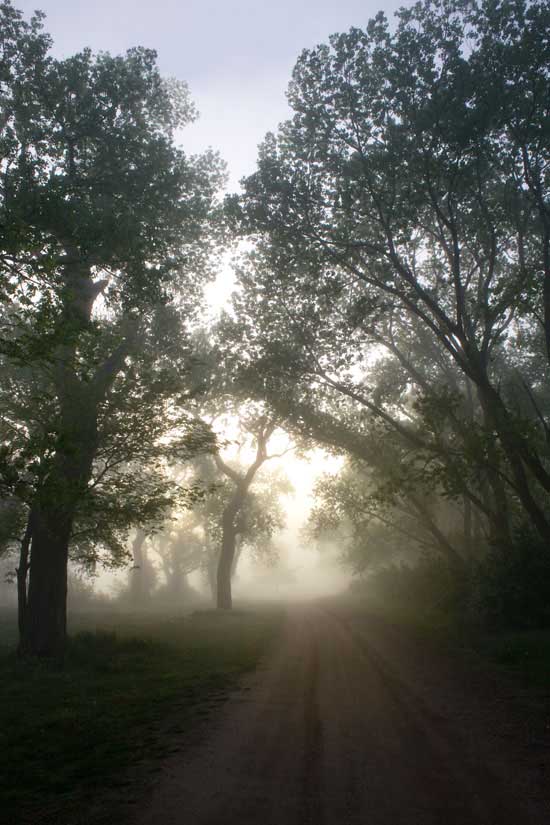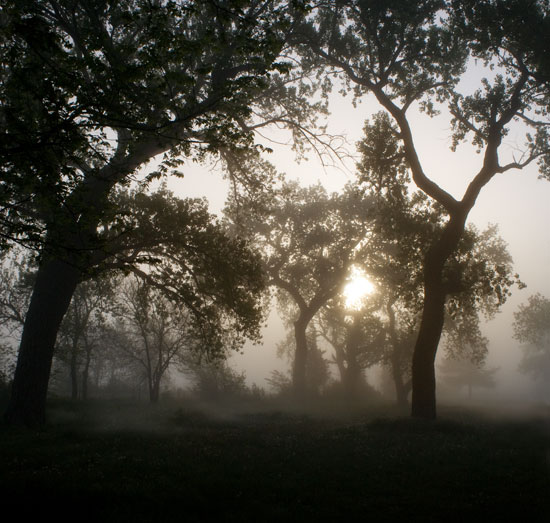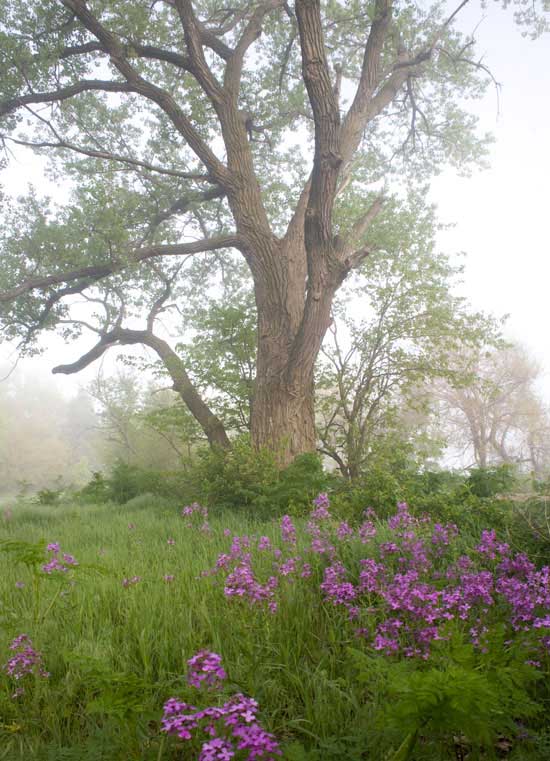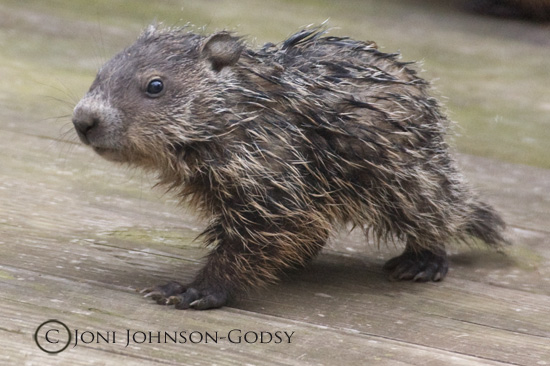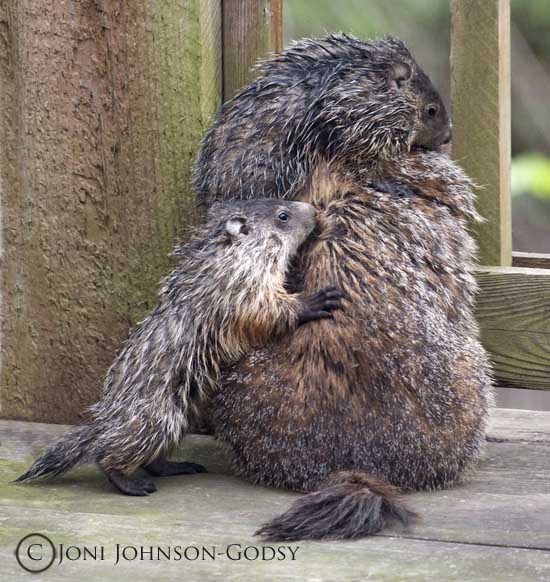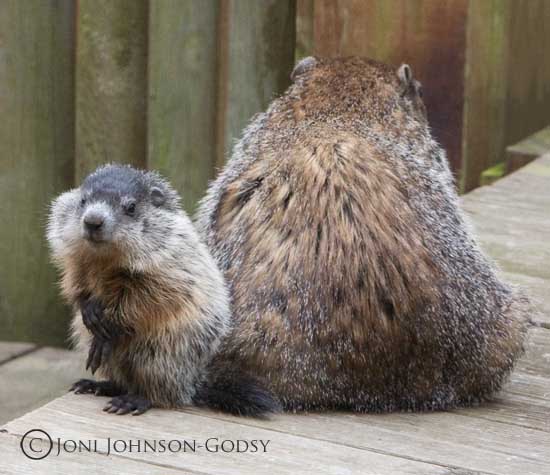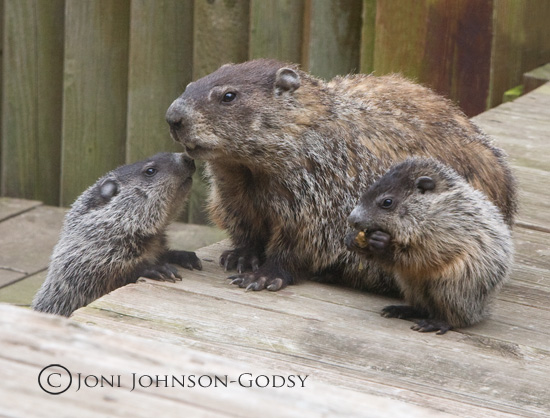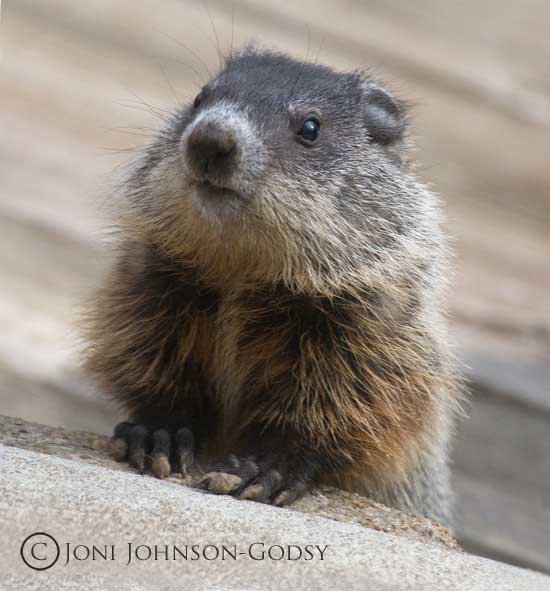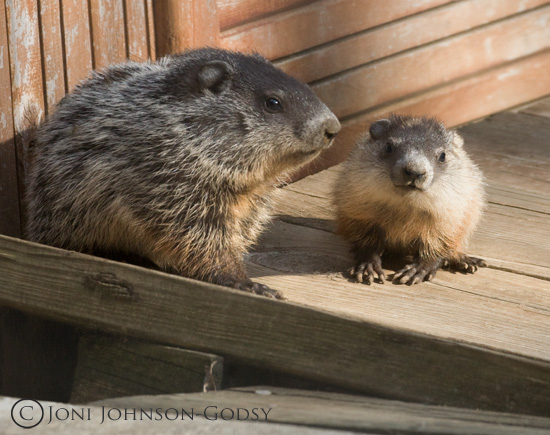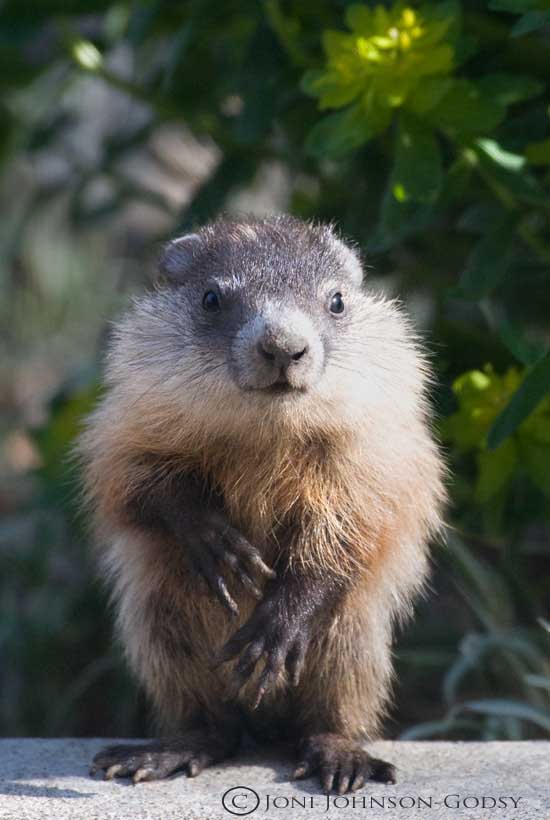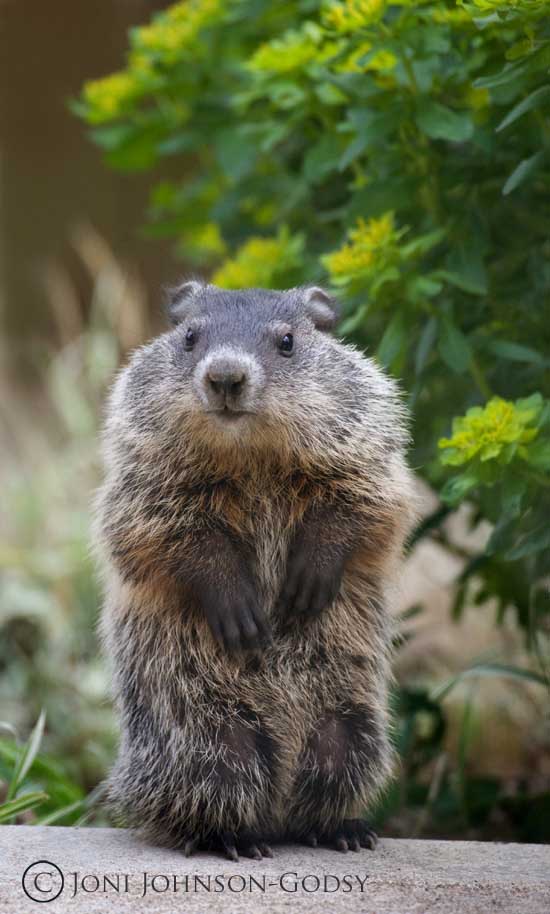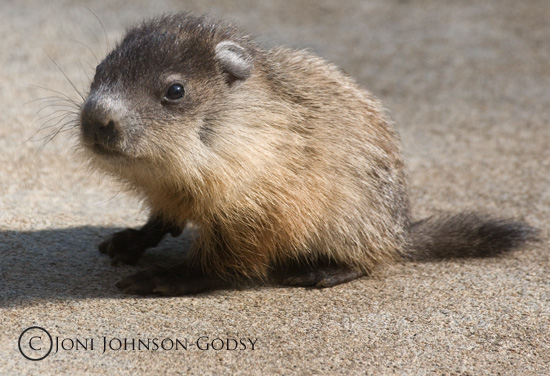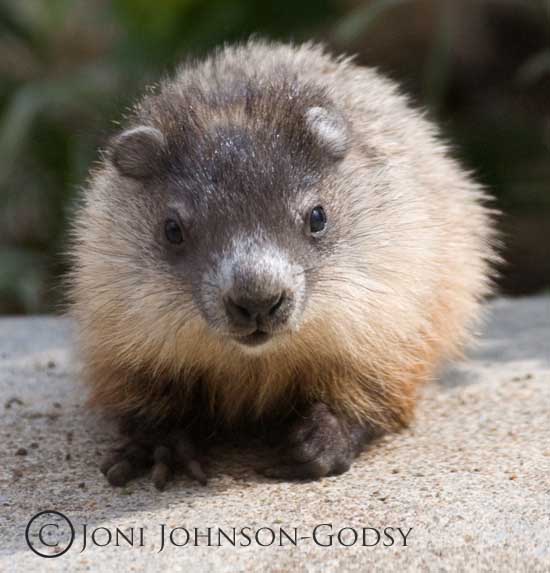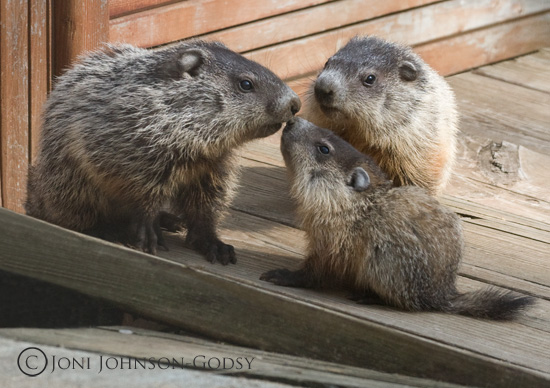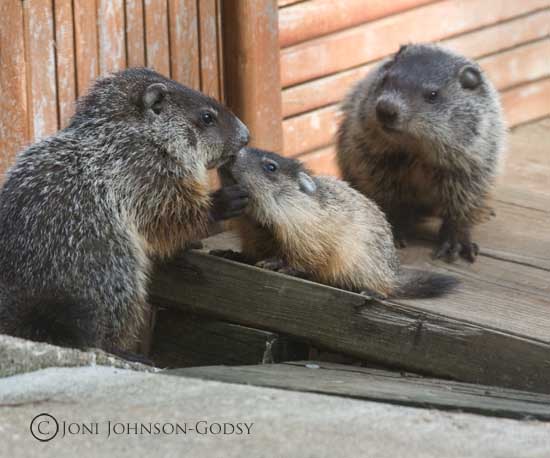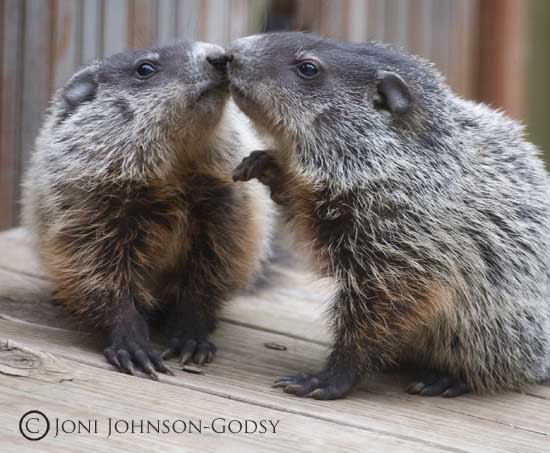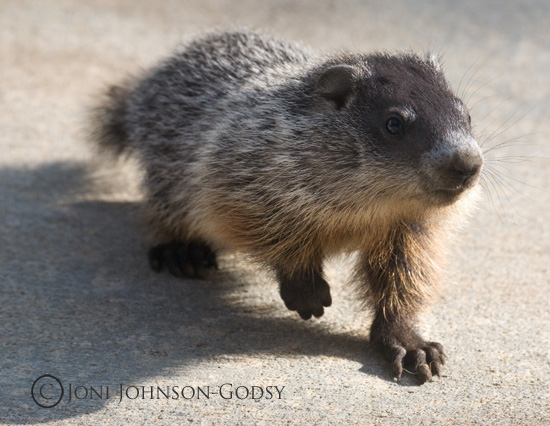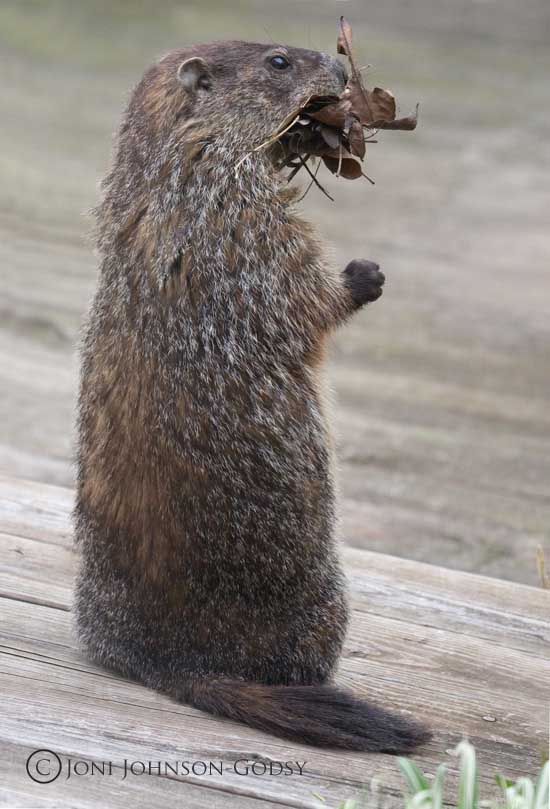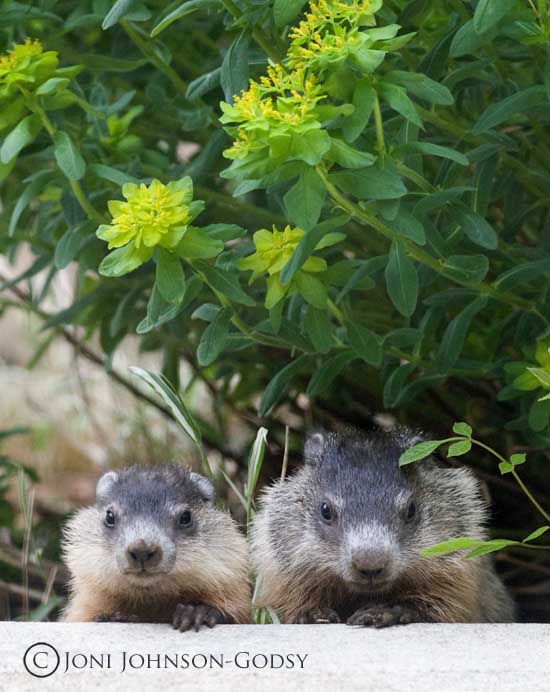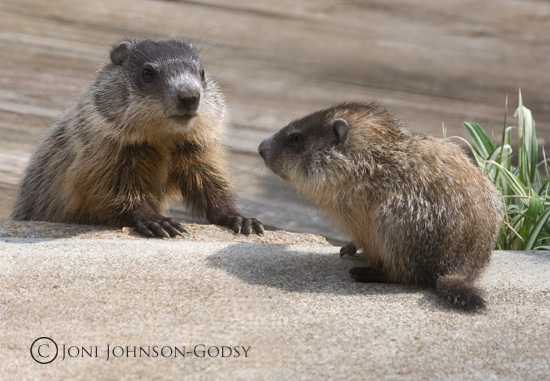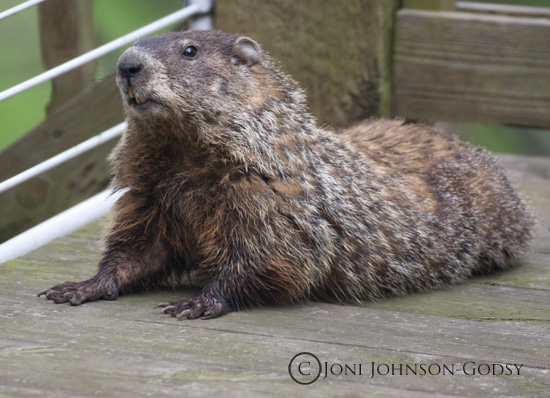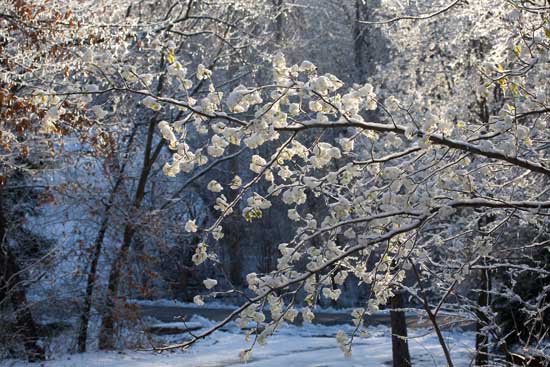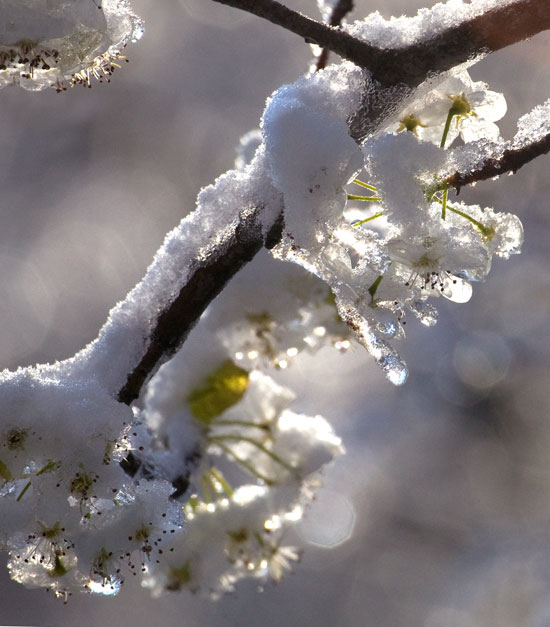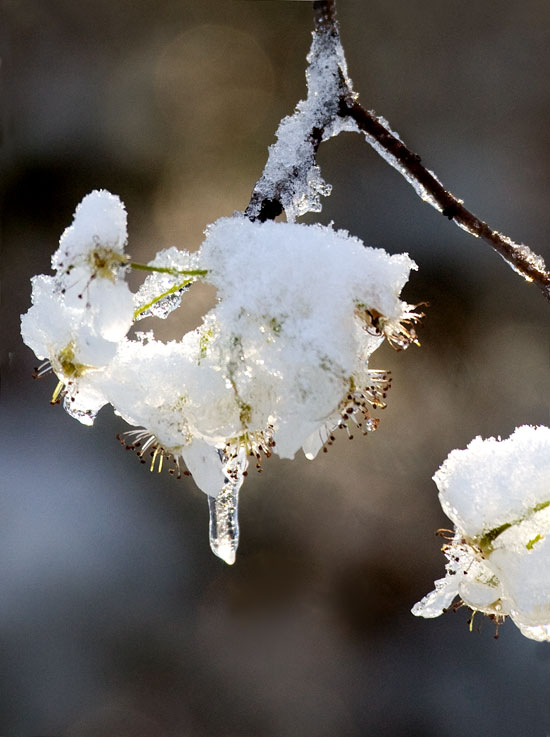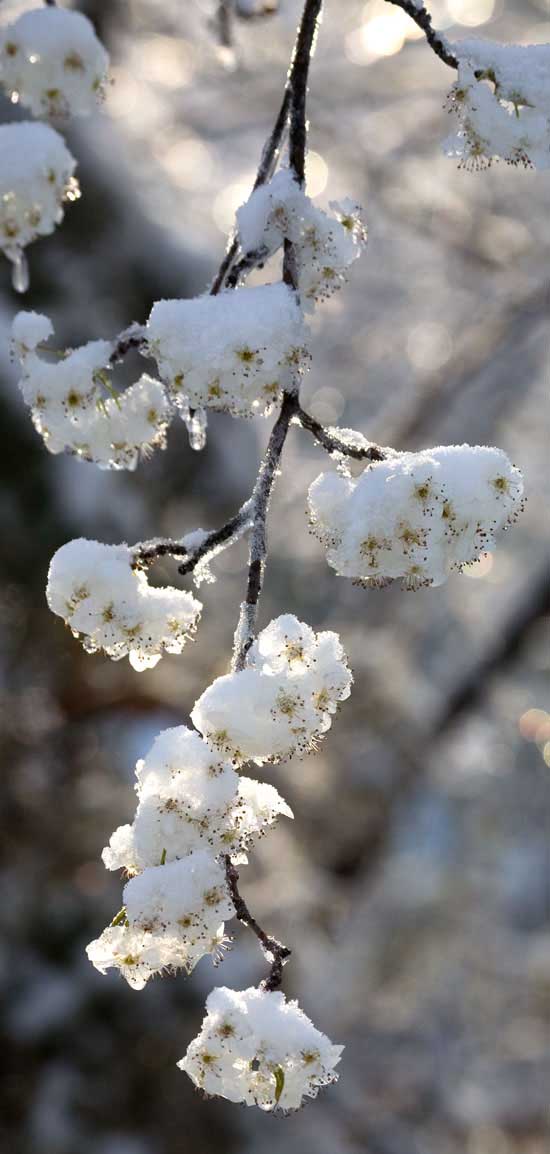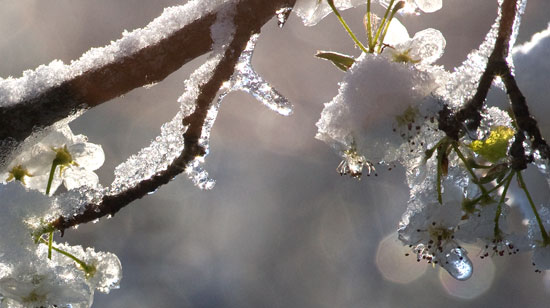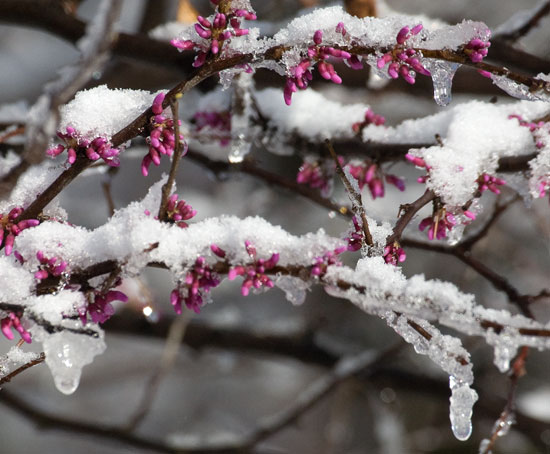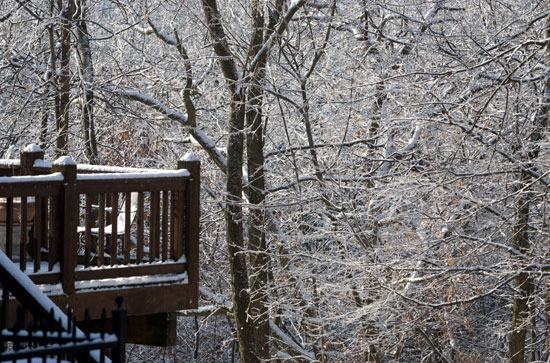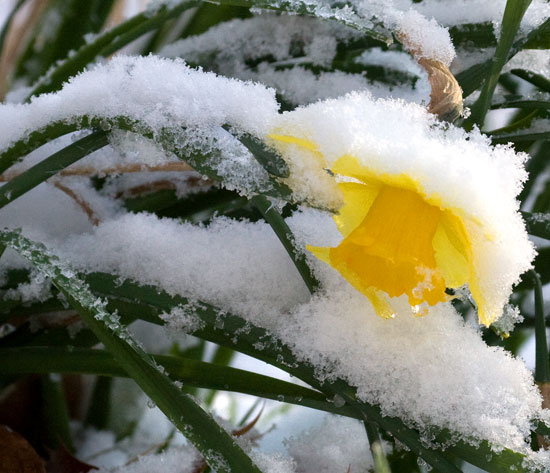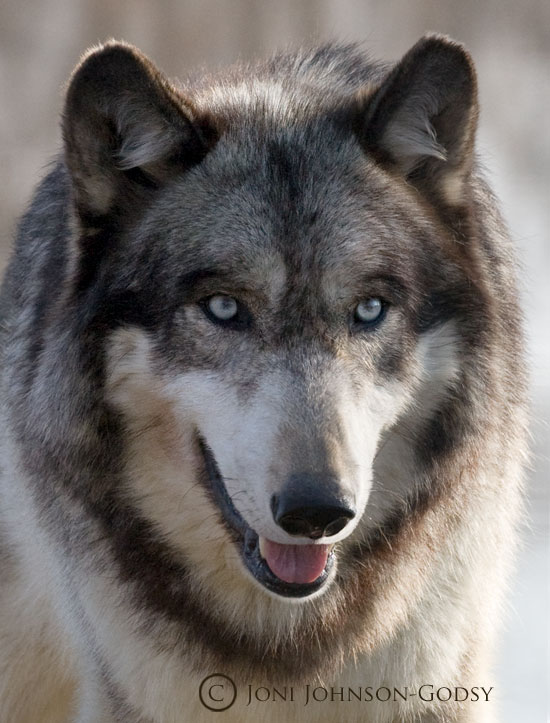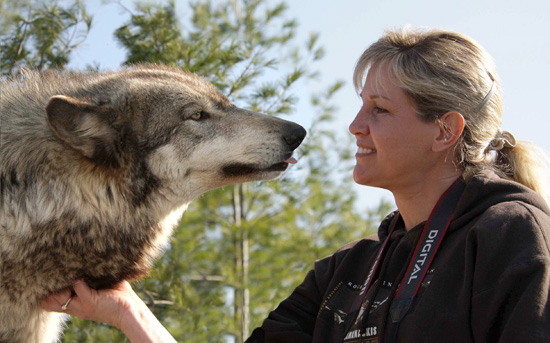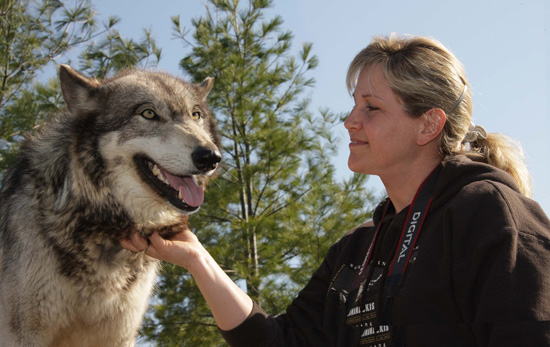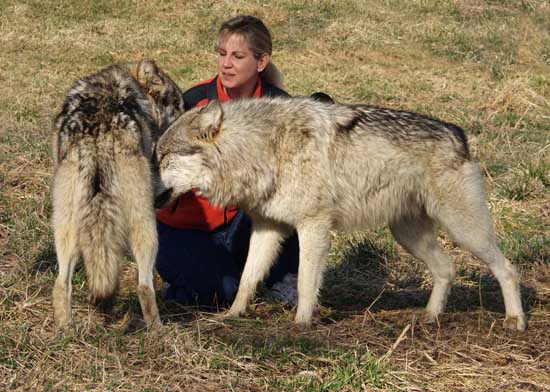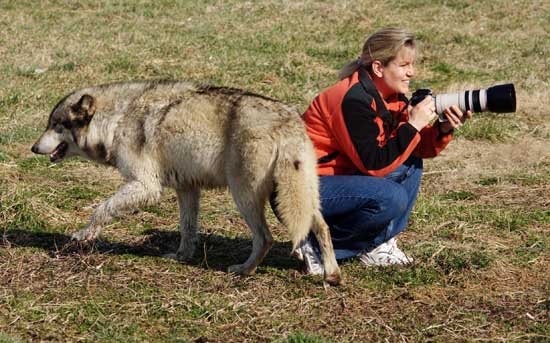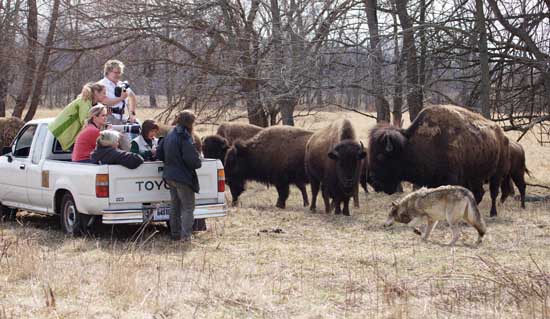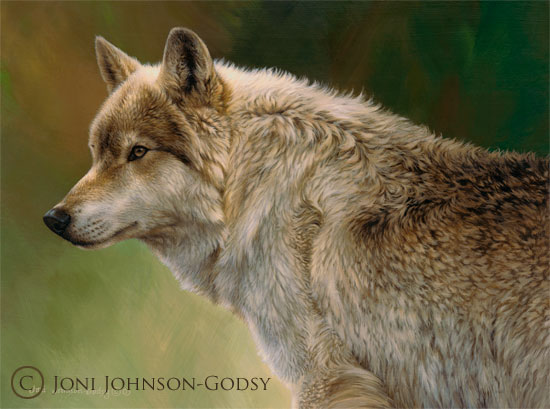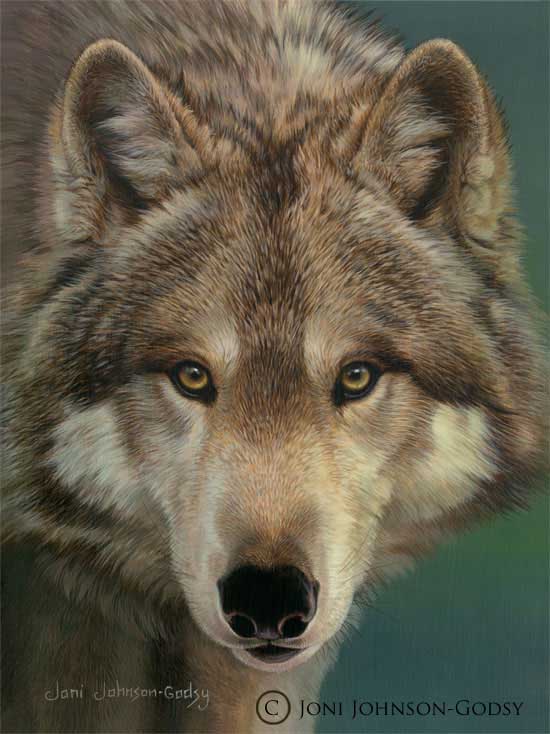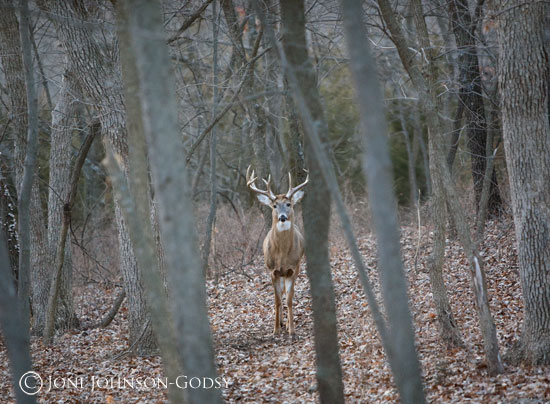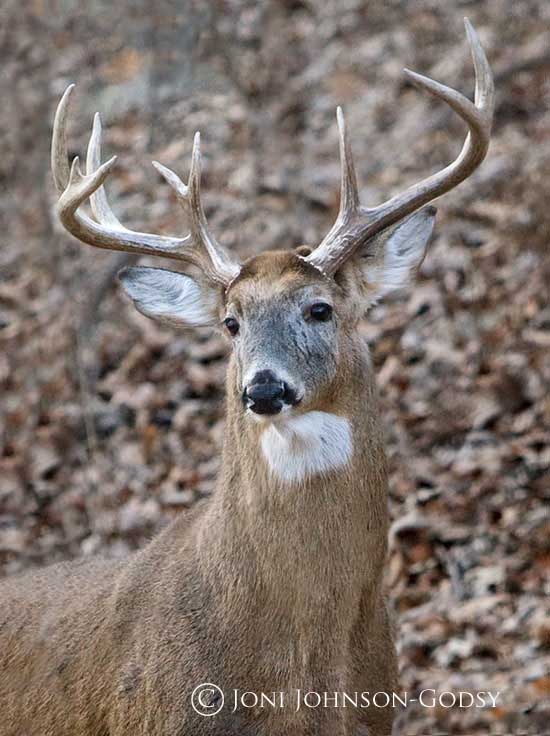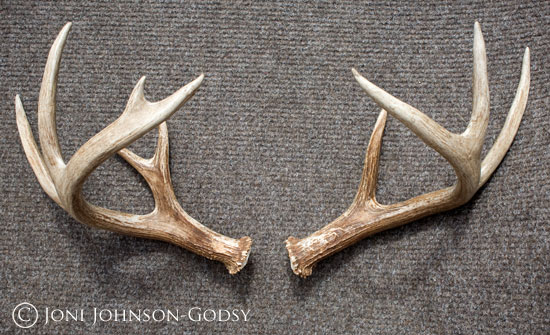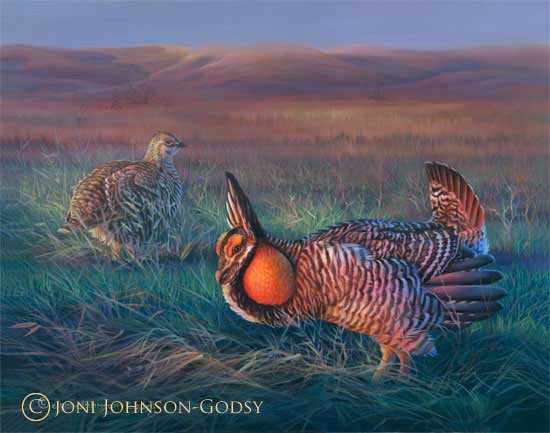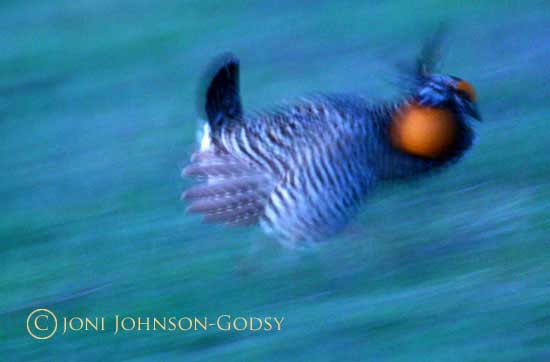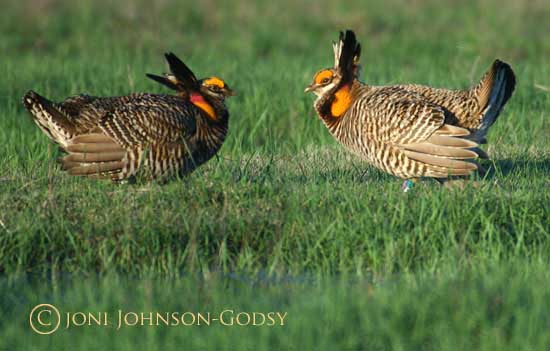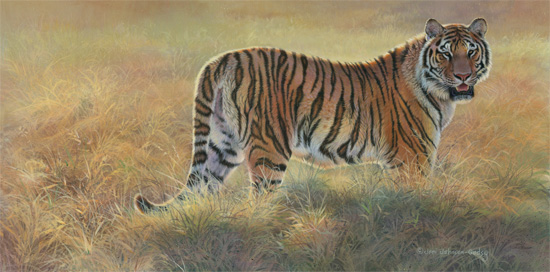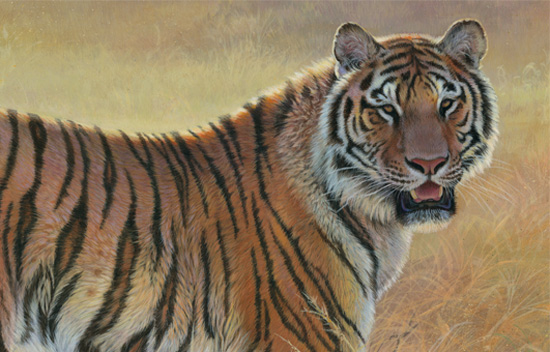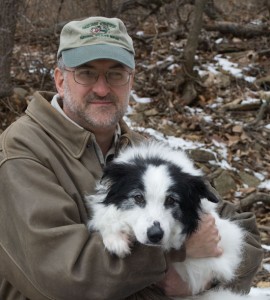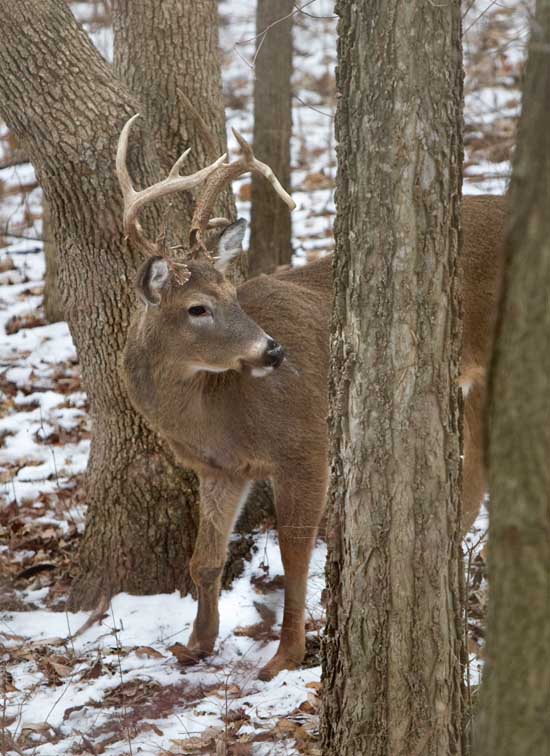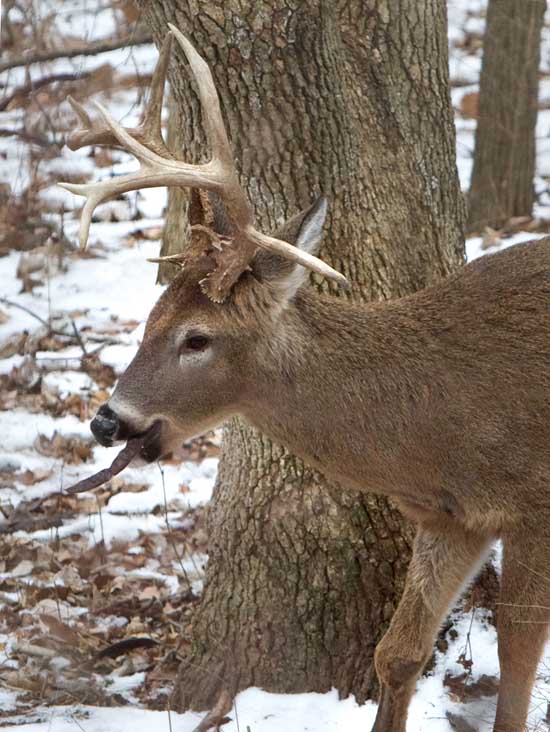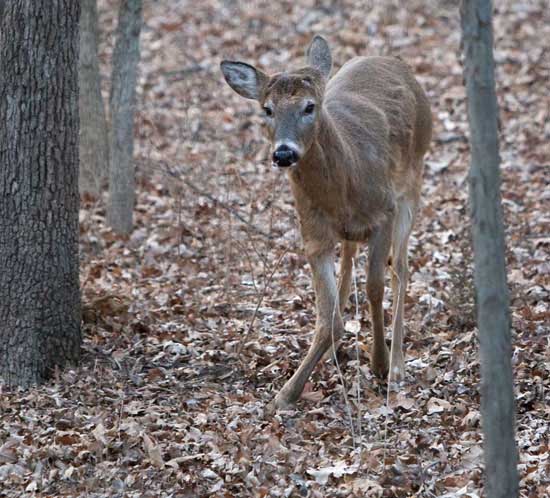It is autumn here in the woods. And a somewhat wintry autumn it has been. The whitetail bucks are on the move following does. Rut fights have become serious lately and our big old monster Broad Beams so far, is somehow holding this area once again. I have no idea how he fights so well, as the competition is fierce around here and he can hardly walk due to a rut injury from two years ago that has festered into a great melon sized appendage on his right rear leg. His nose leather was torn nearly all the way off a few days ago in a recent battle. How can anything be worth all of this pain?!!
But the drive to carry on one’s genes is so strong that bucks will endure unimaginable injuries just for the privilege of being the only one who gets to follow those does around.
Yesterday while it drizzled cold rain, I was watching Broad Beams tailing does from our hearth room windows. We have seen some very interesting whitetail behavior this year so I’ve been keeping an eye on him.
(Below) The fresh buck rub evident in this photo (on the extreme right) draws does into the area. They seem to be very attracted to rubs. Broad Beams did not make this rub himself but has claimed the area against all other foes non the less.
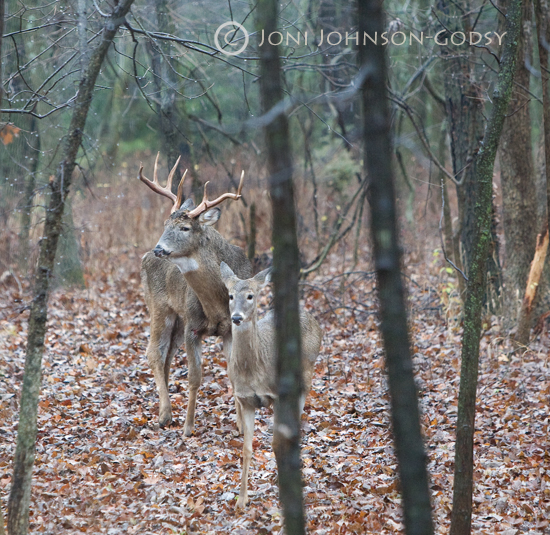
Meanwhile… our little song birds have come en mass to the chip feeder. The cold weather turns up the amplifier on calorie burning for them so they gather in large numbers vying for a precious spot at the feeder.
While I was watching the deer yesterday, songbirds were everywhere. Mourning doves littered the ground, wattling around looking for food. Juncos have arrived and were competing for eating spots on the feeder with gold finches, chickadees, woodpeckers, tit mice, and nuthatches. It was a quiet, serene scene filled with the calm beauty of nature. Deer, birds…what more could anyone ask for?
(Below) Two gold finches wait for a spot to open on the feeder. They are all puffed up to keep warm.
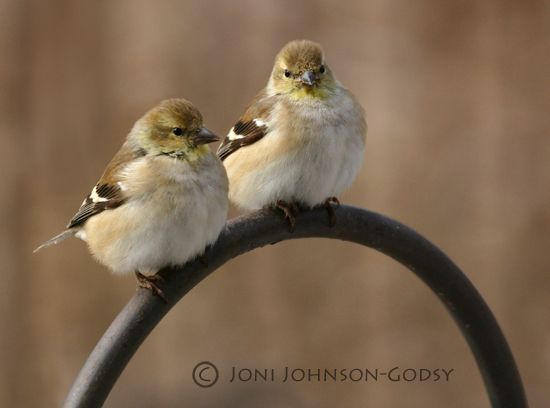
Suddenly, the serenity was shattered apart like an explosion. Every tiny songbird lifted off as one. They left so abruptly that even Broad Beams jumped. I’ve never seen birds spook quite like that before. Then I noticed out of the corner of my eye a new visitor. A Krider’s Red-Tail hawk had just landed and was perched only yards away from the feeder which is only inches from our window. He was intense in his ghostly white. He was here for a songbird lunch. He flew wildly around, perched for a few minutes and then was through the woods after them like a shot.
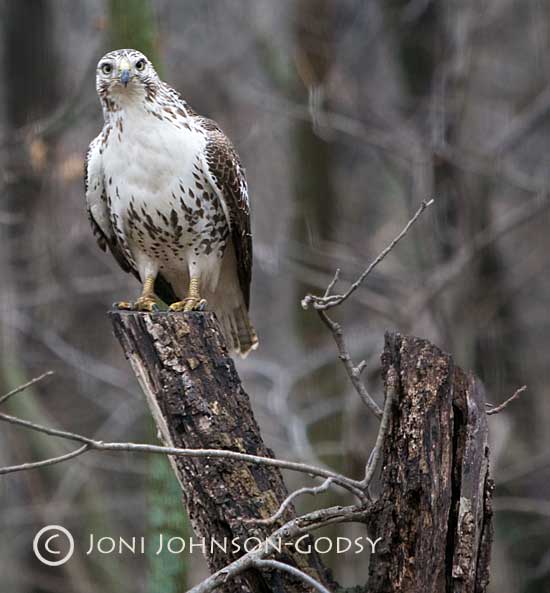
A couple of weeks ago a Cooper’s Hawk was swooping down, chasing birds at our feeder. He was so ambitious that he careened right into the window while in mid grab. Stunned but alright, he perched for a quick recuperation and then swooped around again for another try. With the songbirds frantic and then gone, he went off like a missile to go and apprehend them.
I’ve more recently been seeing this Krider’s hawk performing wild areal acrobatics while trying to capture the same small birds. Raptors have amazing areal abilities. And they don’t give up easily. I can actually hear the small birds screaming while in frantic flight, desperately trying to get away. This screaming outside is what alerts me to the action when I’m working in my studio.
It is easy to have an emotional response to this drama. But perhaps this is not so far removed from what we as a species are ourselves. As I watch a new mini-series on World War II (on the History Channel) and view the many atrocities of war, I can’t help but ponder the very nature of nature. How do we fit in to this well organized scheme? Perhaps we ourselves are a bit more like this hungry ambitious hawk than we would like to admit?

